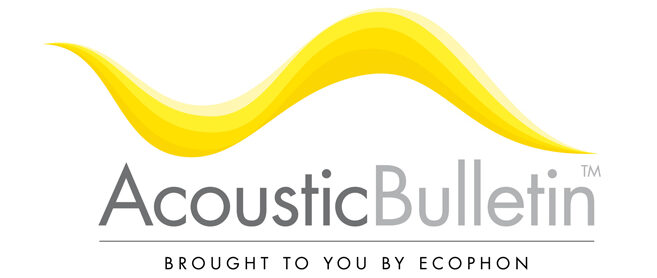Few local authorities in Sweden do something active as to reduce noise and high sound levels in schools. Only 12 % of the local authorities have an action plan, reveals an investigation done by “Lilla Aktuellt” (Swedish TV-program for young people). In spite of knowing that noise and high sound levels indeed are work environment […]
Education
Swedish study on hearing impairment and tinnitus among school staff
This investigation show an increased occurrence of hearing impairment among school and preschool (kindergarten) staff. Since the noise exposure in schools is indeed high, it seems important to decease sound levels in Swedish schools. (Summary in Swedish) (another summary in Swedish) The goal with this investigation (Carl Hogstedt, Greta Smedje, Robert Wålinder, Akademiska Hospital, Uppsala, […]
WHAT YOU CAN HEAR, SEVEN YEARS OLD ?
From March to June this year, huge screening on 7-years old children’s hearing was done in 7 eastern provinces of Poland (with 42,3 % of total country population). During 4 months, 85% of seven years old children on this territory were examined. The results point out that 20% of them have different forms of permanent […]
The Essex School Study – optimum classroom acoustics
The Essex study ran for 5 months during the academic year 2007/8 during which period classrooms were repeatedly modified acoustically. Many objective and subjective measures were obtained and initial findings have been described as ‘very powerful’! Multiple perspectives are always important when considering the impact of the acoustic environment on a system as complicated as […]
Poor room acoustics impairs sport teachers´ hearing
Dutch sports teachers (PE teachers) sued their employers for suffering serious hearing impairment because of working in a poor acoustic environment. The schools that employed the PE teachers compensate the teachers financially. The Dutch Royal Society of Physical Exercise Teachers (KVLO) http://www.kvlo.nl/ supports the teachers in this matter. On September 10th (2008) an article occurred […]
VOICE DISORDERS AMONG TEACHERS AS AN OCCUPATIONAL DISEASE
Voice is a basic tool for teachers. Chronic voice disorders, very common among teaching staff, cause long term sick leaves or leaving the job for good (for other profession or for disability pension). In Poland, chronic voice disorders as a group of diseases are formally recognized as occupational disease. In 2007, officially confirmed voice disorders […]
Swedish Television publish checklist for quieter school canteens
In a Swedish TV program noisy school canteens were on the agenda. A resent study on noise levels in school canteens were referred to. It was mentioned that half of the pupils in the Swedish comprehensive schools feel bad due to school canteen noise levels. Children may get stomach pain; head ache or feel more […]
Modern conditions for modern teaching and good classroom acoustics reduce working stress! Presentations at ICA 2007 in Madrid.
Markus Oberdörster and Gerhart Tiesler The acoustic environment of classrooms has a significant impact on new modern teaching scenarios. Today, in many countries, education and teaching is becoming more student centred and differentiated. Classrooms that might have worked well for decades might have to be acoustically “updated”. Markus Oberdörster from Ecophon Germany, together with Gerhart […]
Designing for Pupils with Special Educational Needs
BB77 is meant to be guidance for school design edited by the British government. It addresses the inclusive aspects of school facilities, meaning their capacity to accommodate pupils with special needs. The draft is a 293 page document, applying to all schools whether “special” or not. Facts and figures – pupils are regarded as having […]
Noise reduction by reducing reverberation time in day-care centres
Noise reduction in day-care centres by reducing reverberation time: Analyses and case studies is a study conducted on behalf of the Canadian IRSST. The aim of the study is to: – examine the effects of acoustic materials and their impact on noise reduction and reverberation time. – give concrete examples of noise reduction obtained through […]

